Wherever you go and wherever you look in Venice, you’re likely to find a winged lion. Statues, reliefs, paintings, flags, signs: the winged lion is absolutely ubiquitous.
The short answer is that the winged lion is the traditional symbol of St Mark, and St Mark is the patron saint of Venice.
St Mark and the lion

Each of the four evangelists traditionally have an associated symbol each. Matthew has an angel, Mark the winged lion, Luke an ox, and finally John an eagle.
The symbols are always variations of the same, even if the distribution between the four evangelists has varied.
A lot of this symbology is ancient, and predates Christianity. The general idea of a tetramorph appears first in the Old Testament and in Mesopotamian mythology. The winged lion existed in Greek mythology as the griffin.
Venice and the winged lion

When the relics of St Mark arrived in Venice in 828, the Venetians immediately adopted him as their patron saint, relegating the previous protected to a supporting role.
St Mark was the more powerful of the two.
Also, Venice had just come out of a war with the Franks, who had burned down the old Doge’s Palace at Malamocco (Metamauco) in 810 and almost conquered Venice itself. Venice therefore needed a powerful protector.
State, Saint and Symbol
St Mark as the protector of the Venetian state meant that the cult of St Mark was at the centre of the Venetian state itself.

The Venetians built the initial chapel and later the Basilica of St Mark at the centre of political, besides the Doge’s Palace on the central square in the city, which got St Mark’s name.
Soon the Venetian state, its protector St Mark and his symbol the winged lion became completely conflated.
Were Venice went, the wing lion immediately appeared. Consequently it appears down along the Croatian coast, on many Greek islands and all over the north-east of Italy.
The lion became a visible sign of the Venetian dominion.
Often, the lion is standing with the front legs on land and the hind legs in water, symbolising the dominio di terra and the dominio di mar — the land dominion and the sea dominion of Venice.
The Venetian winged lion
The Venetians settled on two different depictions of the lion of St Marks.
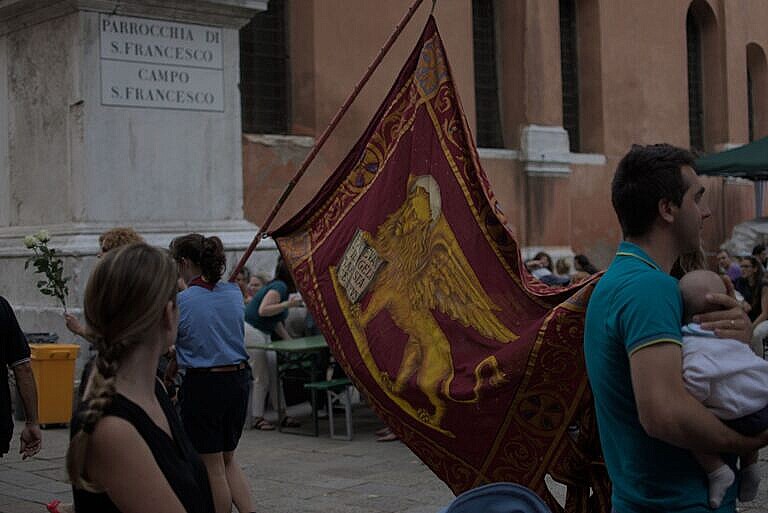
One is the lion seen from the front, and the other is the lion standing, seen from the side, but facing outwards.
In both cases, the lion supports a book with its paw. The book carries the words Pax Tibi Marce Evangelista Meus in Latin, which means “Peace be with you, Mark, my evangelist.”
The standing lion is used whenever there’s room for it, or when the symbol of Venetian power is important enough.
The lion seen from the front, called in moeca, appears in numerous places where there’s little space.
The winged lion of St Mark is still used, both by the Municipality of Venice and by the Veneto Region.
A few more lion photos
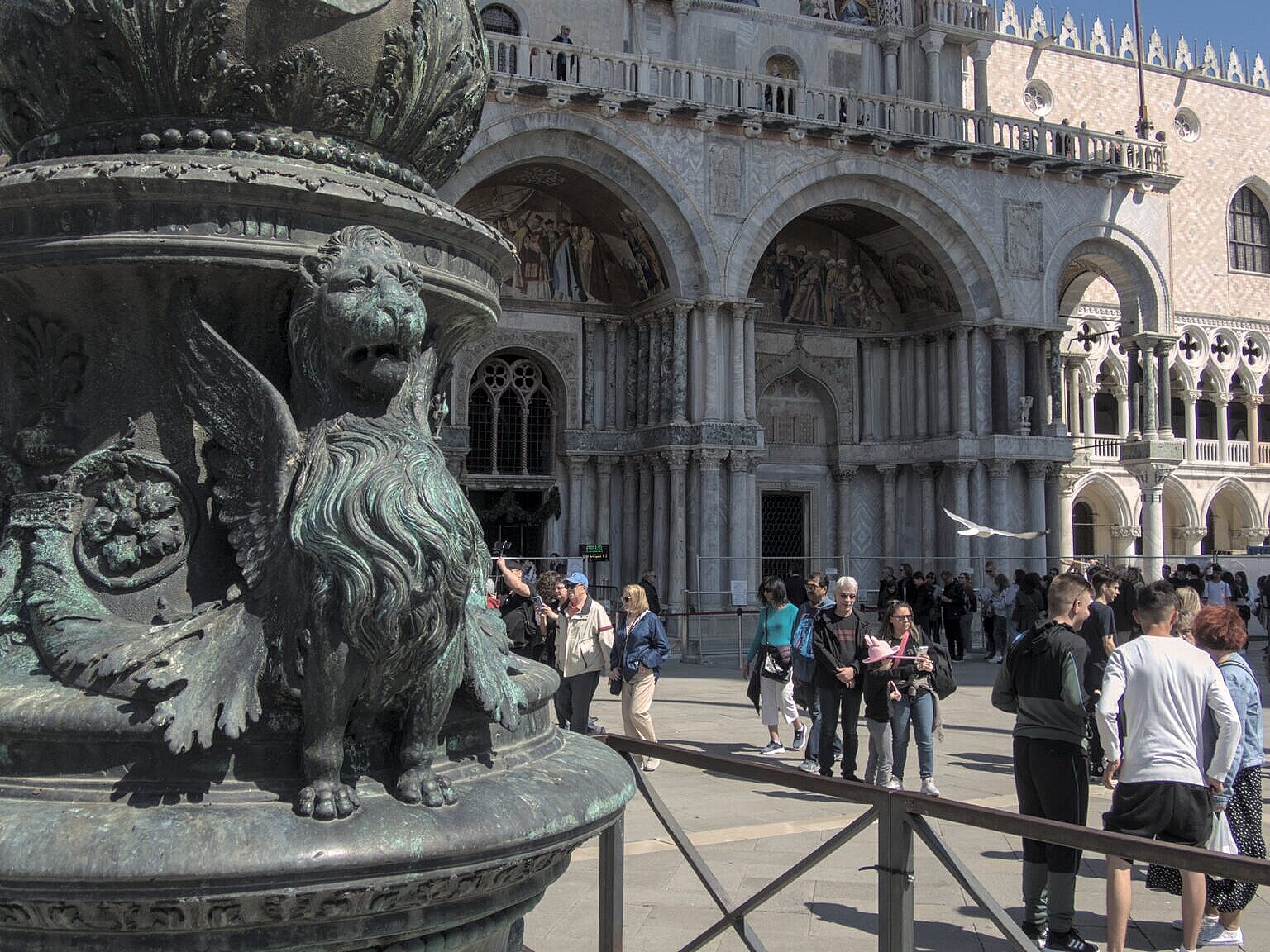

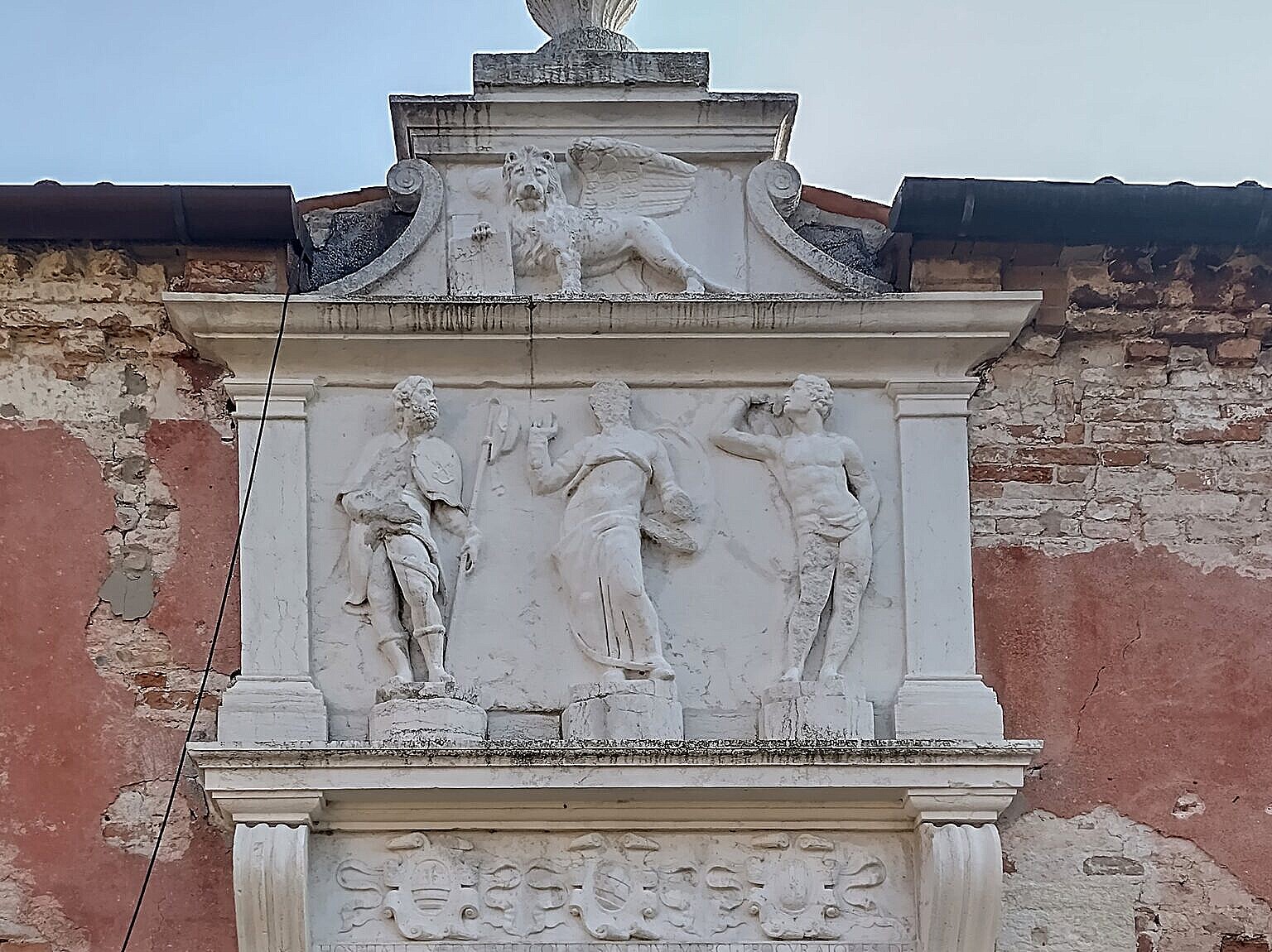
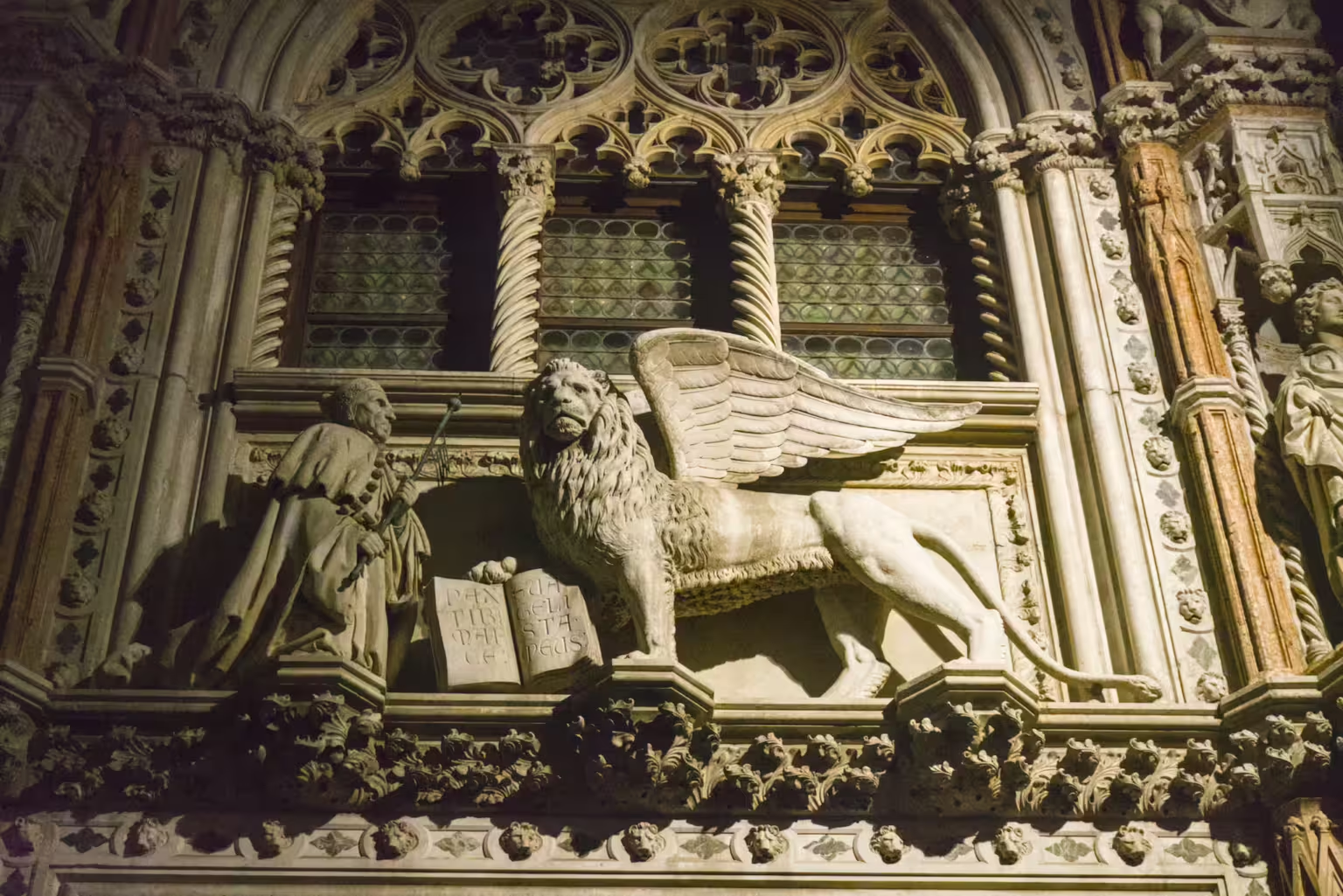



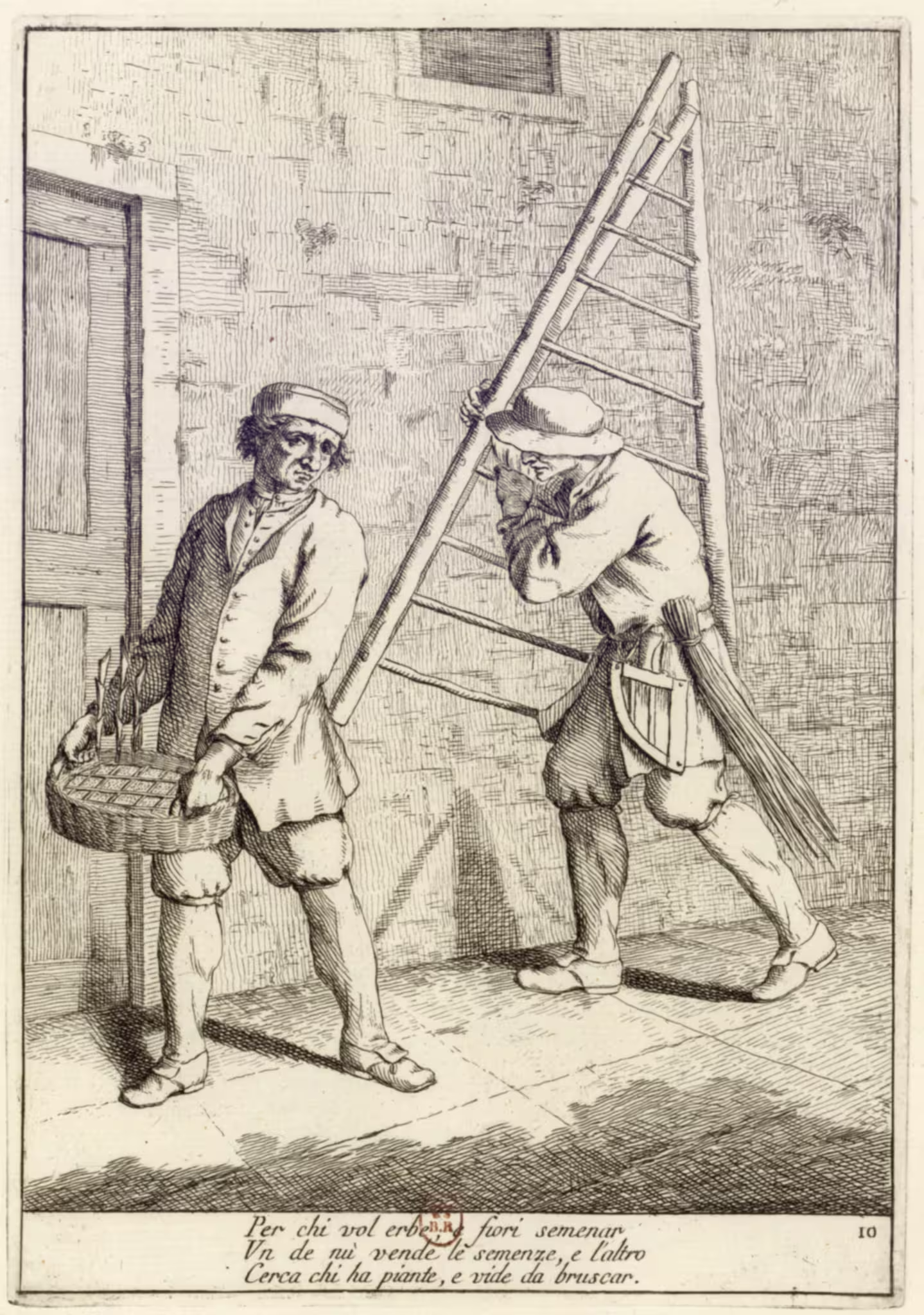
Leave a Reply